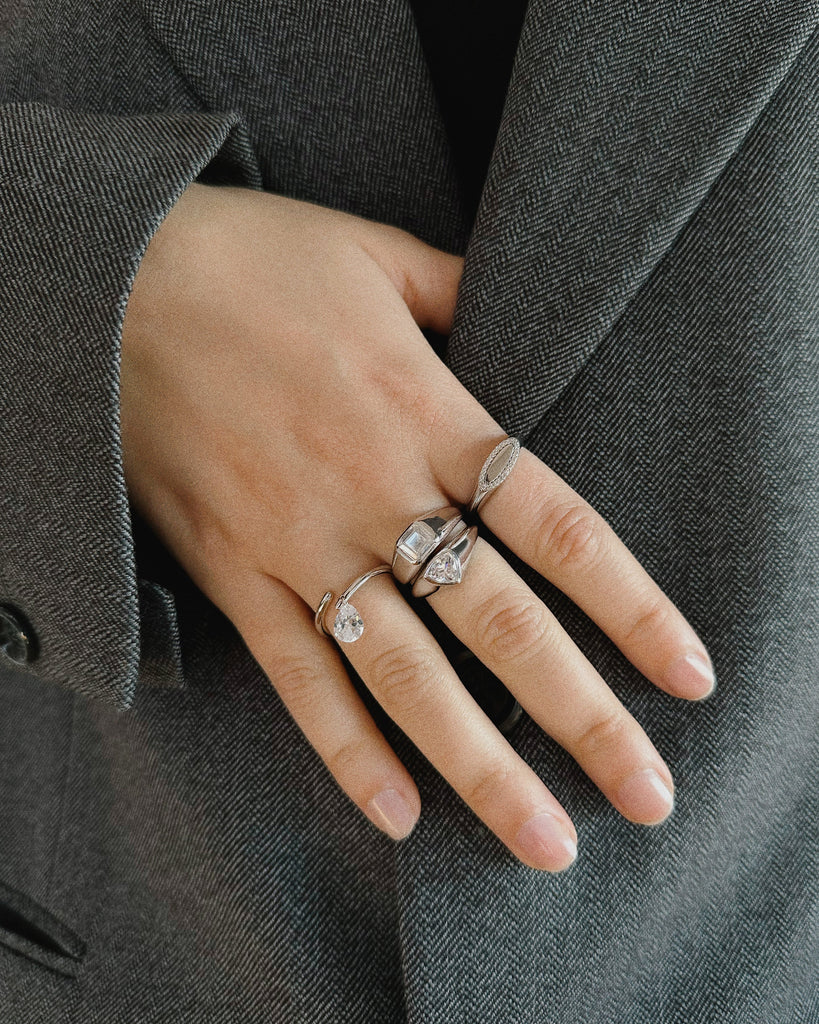 Did you know that Japan has one of the lowest obesity rates and some of the longest lifespans in the world? While this can be attributed to factors like genetics, environment and overall lifestyle, it's diet plays a key role.
Did you know that Japan has one of the lowest obesity rates and some of the longest lifespans in the world? While this can be attributed to factors like genetics, environment and overall lifestyle, it's diet plays a key role.
The region of Okinawa, particularly, in the south of Japan has the highest number of centenarians with the healthiest elderly population on the planet. Studies have shown they have significantly lower rates of age-related diseases like diabetes, cancer, arthritis and dementia.
Ok, so what's in this diet, and why is it so healthy?
The traditional Japanese diet mainly consists of rice, fish, vegetables and fermented foods, although it varies from region to region. The good news is you don't need to replicate it exactly to enjoy its benefits. Just implementing a few essential principles will significantly improve your body, mind and overall health.
Eat real foods
Minimally processed is key. Go for whole, single-ingredient foods that are rich in nutrients and have low to no additives. This is one of the secrets of Okinawan and Japanese diets in general.
Opt for fresh salads and roasted vegetables, a fresh cut of meat or fish rather than canned sauces or processed animal products (which is also way kinder to the environment).
Keep it nutrient-dense
This goes hand in hand with the previous one. If you're eating more real foods you'll be automatically getting more nutrients and way less sugar and processed fat, which is key to improving health.
Many of the Japanese diet benefits from having so many whole, nutrient-dense, high-antioxidant foods. According to studies, a diet high in grains and vegetables, with moderate amounts of (unprocessed) animal products and soy (and minimal dairy) may reduce the risk of premature death from heart disease or stroke.
While japanese staple foods like steamed rice and noodles are plain and starchy, the diet also includes a lot of fish which is rich omega-3 fatty acids and vitamins such as D and B2. Tofu is also an essential source of protein, while fermented foods like miso and natto are great for gut health.
Variety is the spice of life
You might have heard about "eating the rainbow" before. Colourful veggies are full of good phytonutrients such as antioxidants and flavonoids, so trying different varieties of fruits and vegetables is key to getting as many micronutrients as possible.
Japanese people consume a wide variety of land and sea vegetables and fruit, like shiitake mushrooms, beni imo (a purple sweet potato) and goya (bitter melon), kelp, daikon radish, edamame, bamboo, cabbage, carrots, Chinese okra (looks like a zucchini), squash, green papaya and more.
For example, seaweed is loaded with healthy minerals which are believed to help reduce blood pressure. Cruciferous vegetables like broccoli, broccoli sprouts, brussel sprouts, pak choi and kale contain Sulforaphane, which is largely associated with improved neurological function, lower risk of cancer better cardiovascular health and more.
Be mindful and stay active
Okinawans place special emphasis on daily physical activity and mindful eating practices.
For example, the phrase hara hachi bu is a reminder to stop eating when you're 80 percent full. This cultural practice helps you stay in tune with your body and its needs.
In the end, it's all about keeping it real, with your food, with yourself and enjoying every delicious bite of good stuff for your body, mind and soul.

